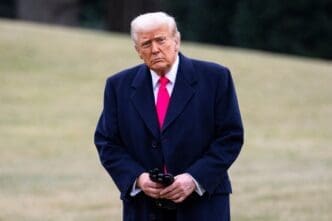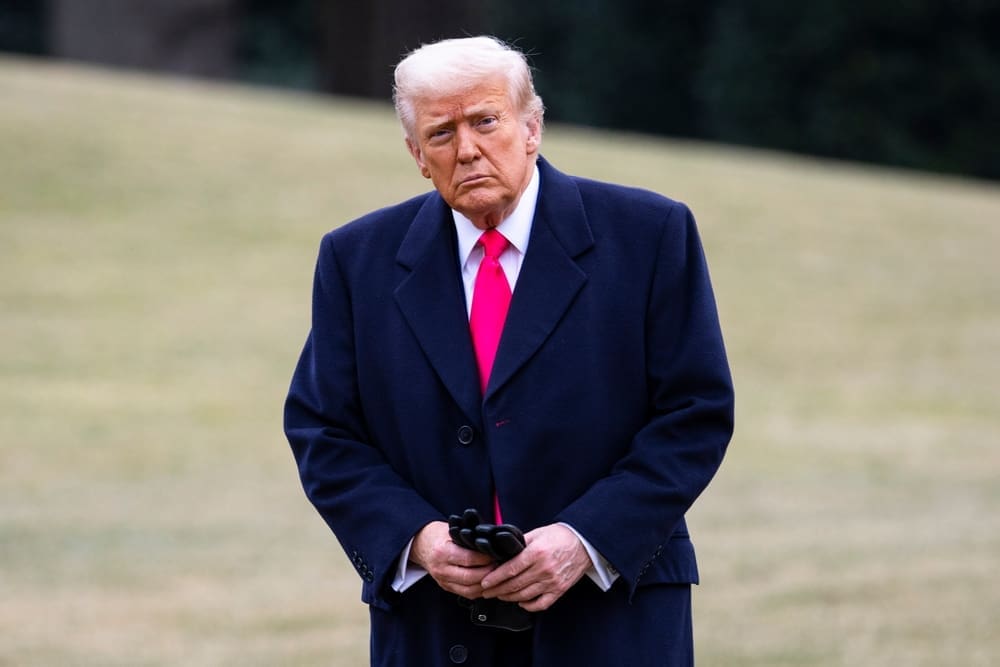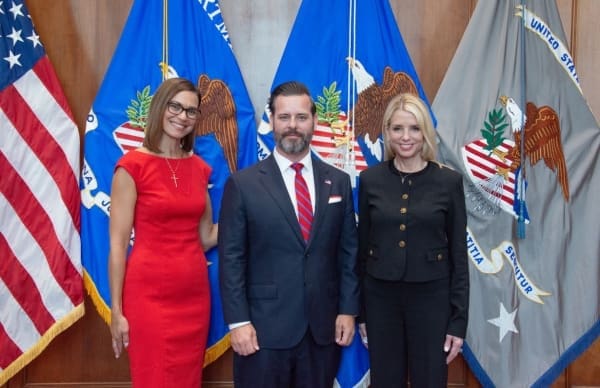President Donald Trump departed the G7 summit earlier than scheduled amid escalating tensions between Israel and Iran, as Iran’s missile attack on Herzliya marked the fifth consecutive day of air warfare between the two nations.
The conflict intensified on June 17, 2025, when emergency personnel were seen responding to the aftermath of the attack in Herzliya, with smoke rising from the site. This incident is part of ongoing hostilities as Israel and Iran have exchanged fire, leading to increased regional instability.
In a statement made before leaving the G7 summit, President Trump emphasized the need for a “real deal” to address the nuclear issues with Iran. He suggested that senior U.S. officials might be dispatched to engage with Iranian representatives, aiming to find a resolution amid the escalating conflict. The President’s early departure from the summit underscored the urgency of the situation, although he denied that his exit was related to any potential ceasefire negotiations between Israel and Iran.
The G7 countries collectively expressed their support for Israel while identifying Iran as a source of instability in the Middle East. This stance was reiterated during the summit, highlighting the international concerns over Iran’s actions and the ongoing conflict’s implications for global security.
As the air war continues, world leaders, including those at the G7, are closely monitoring developments, urging both nations to seek diplomatic resolutions. The global community is keenly aware of the broader geopolitical ramifications that an extended conflict could entail, particularly in relation to nuclear proliferation and regional peace.
The situation remains fluid, with diplomatic channels open for possible discussions aimed at de-escalating tensions and promoting stability in the region.












